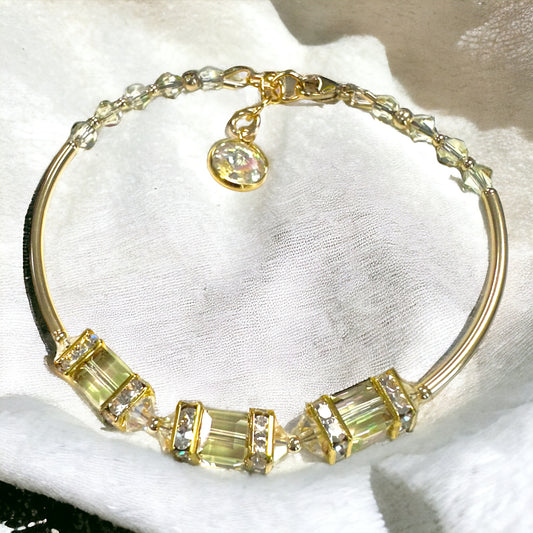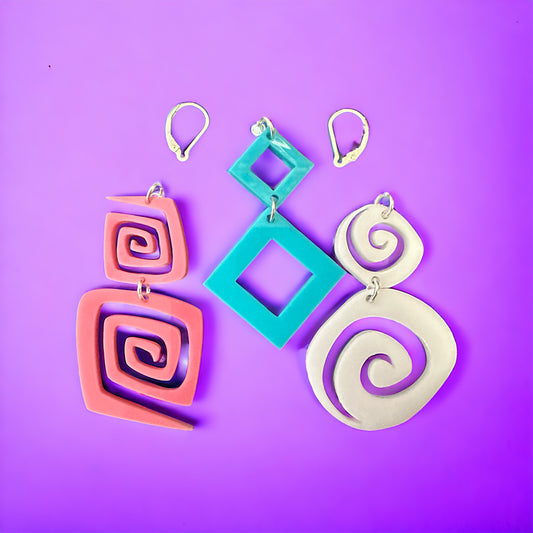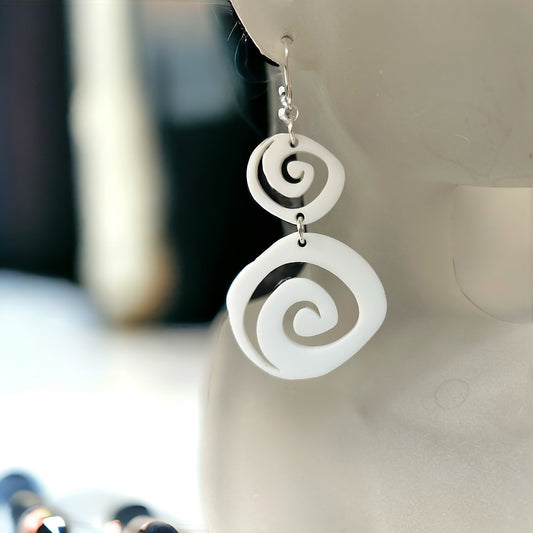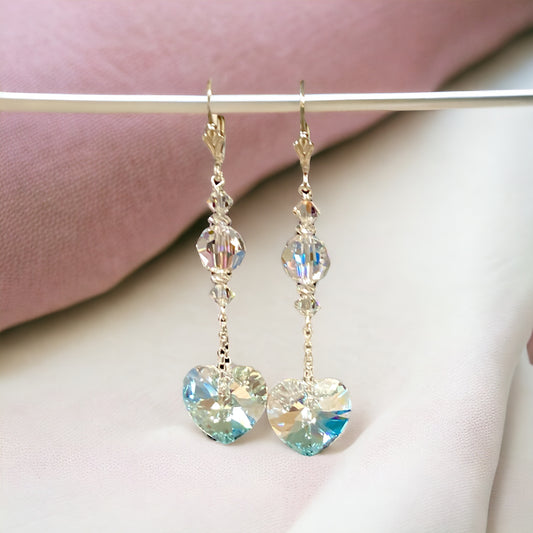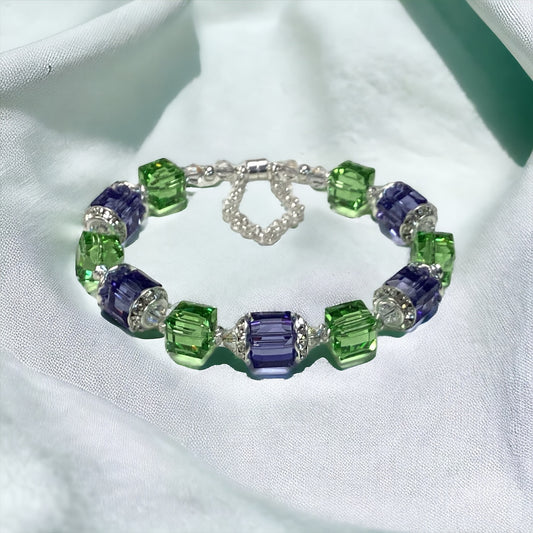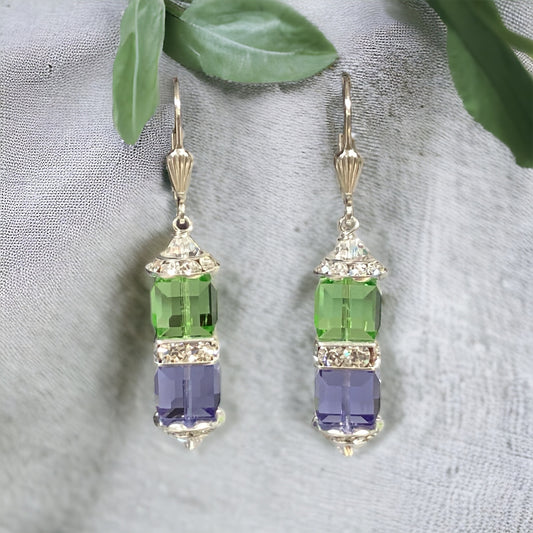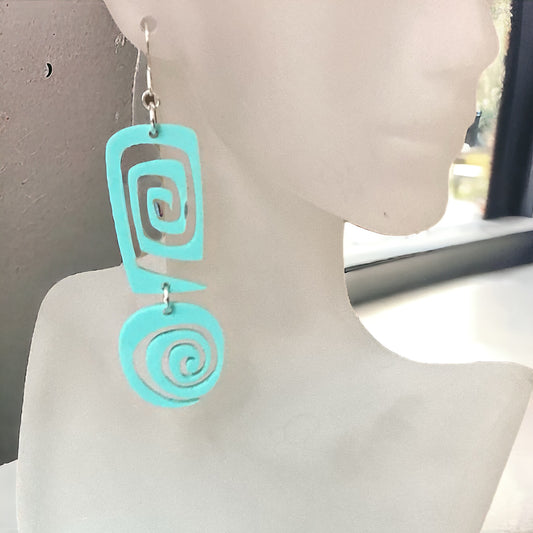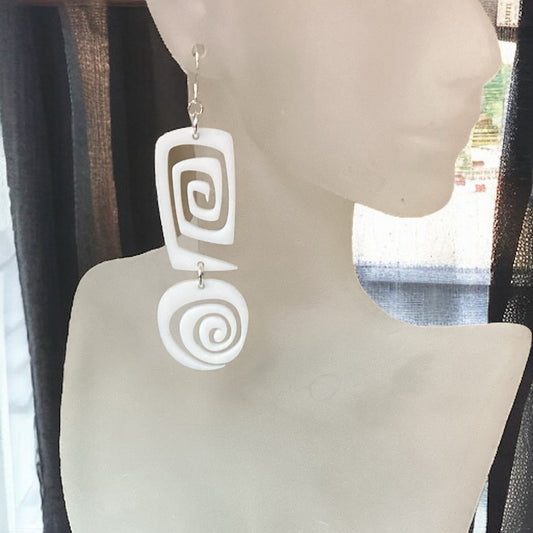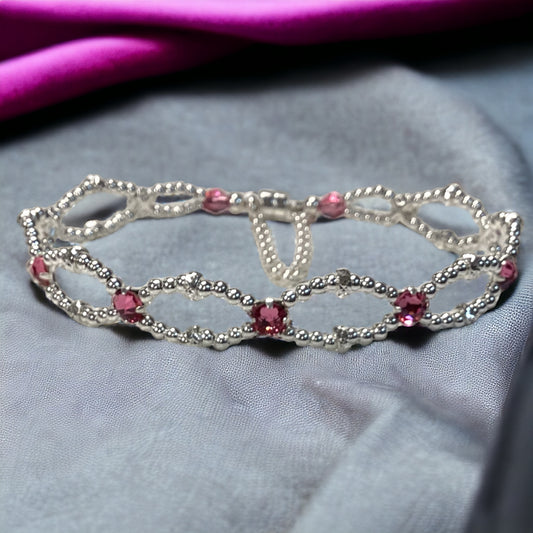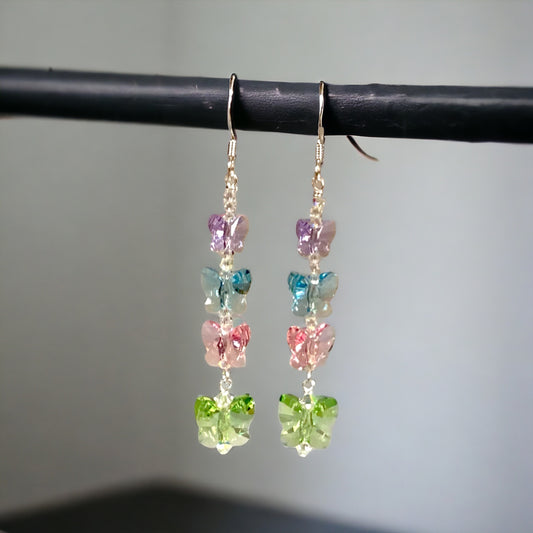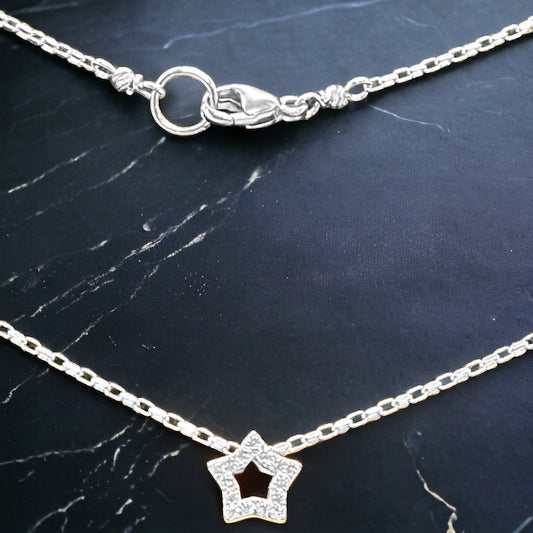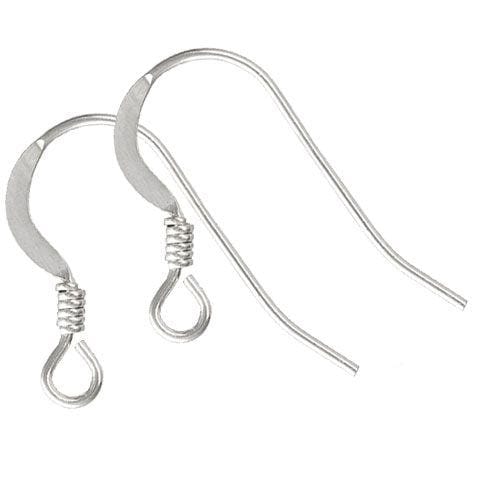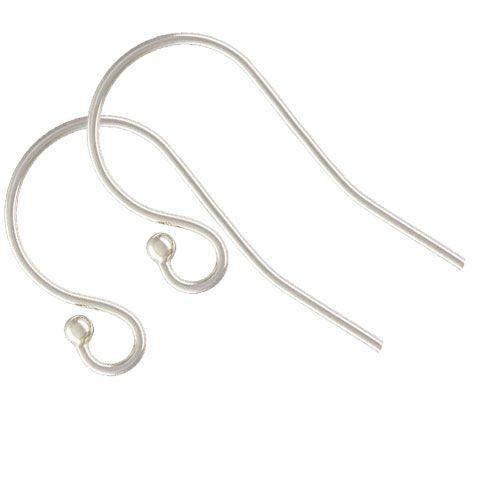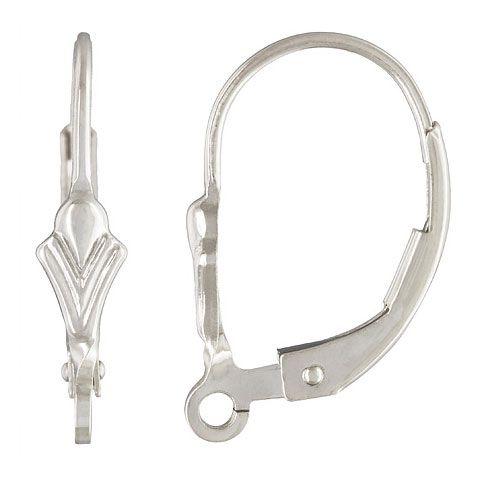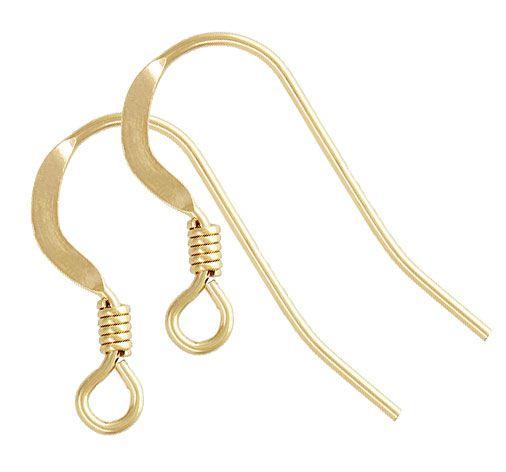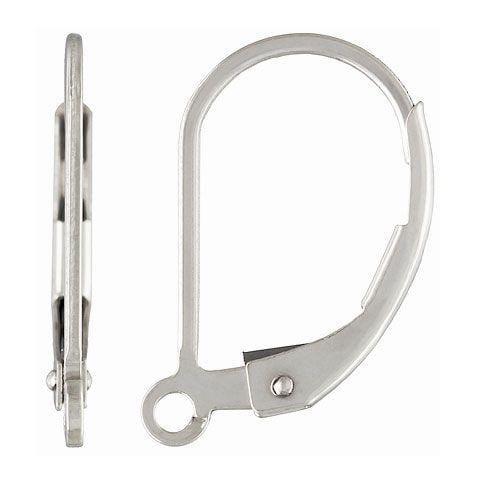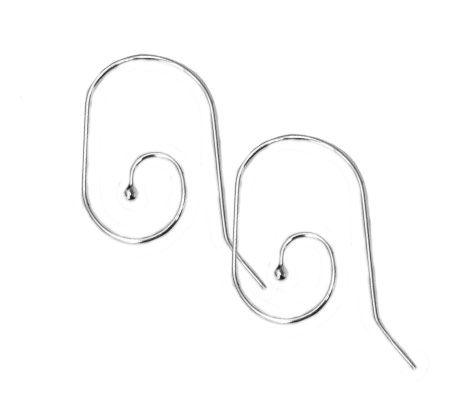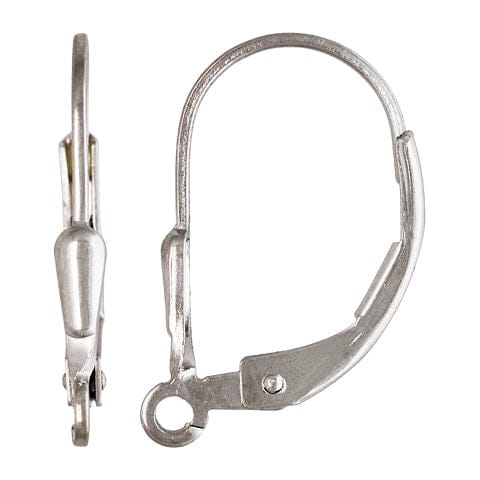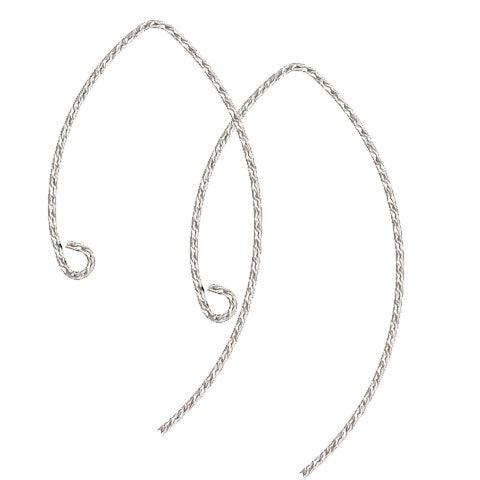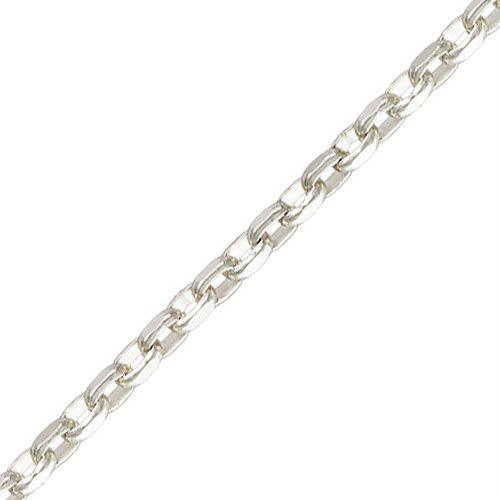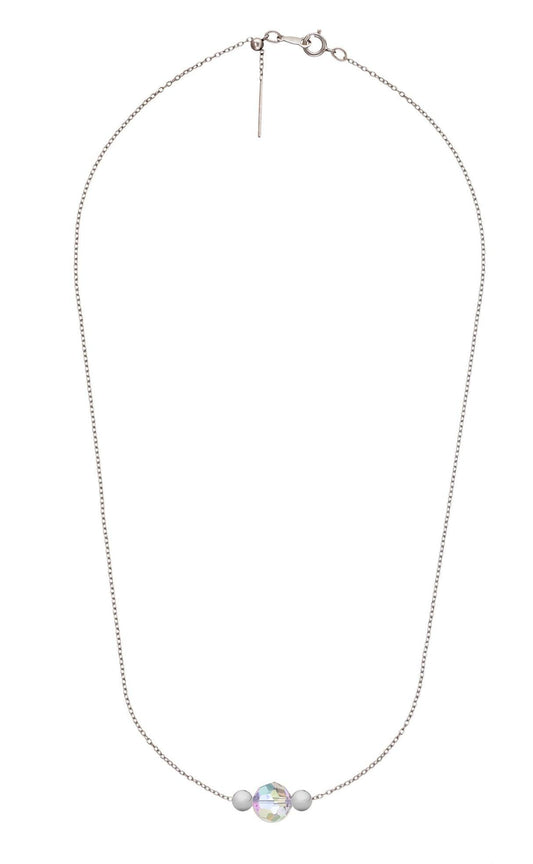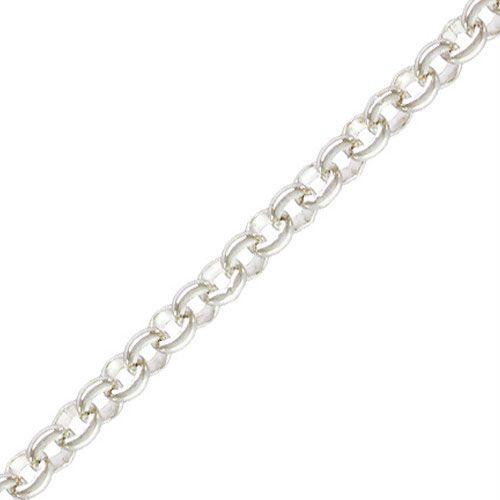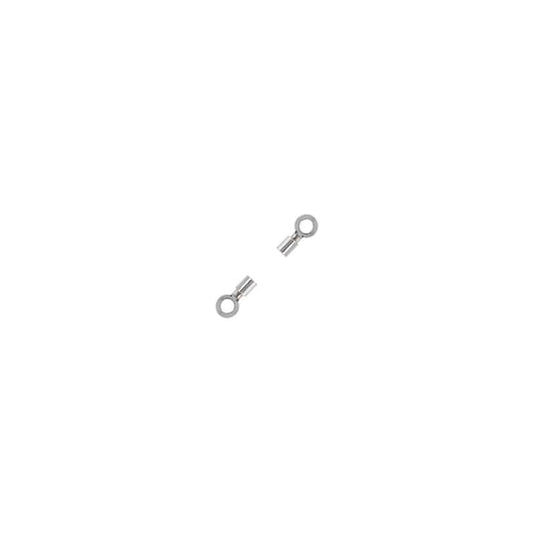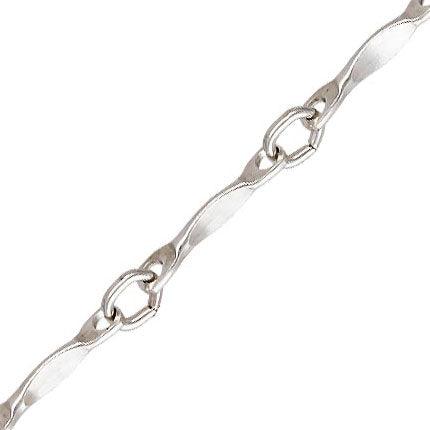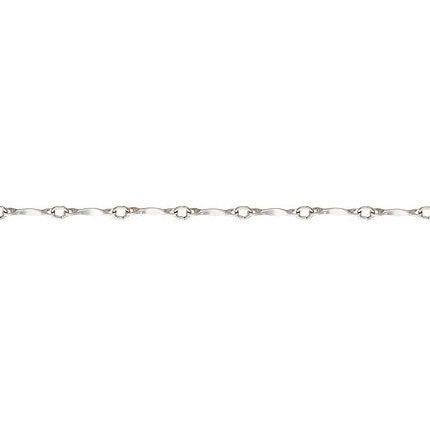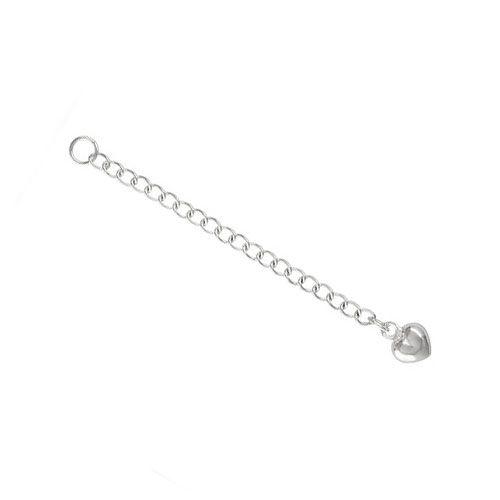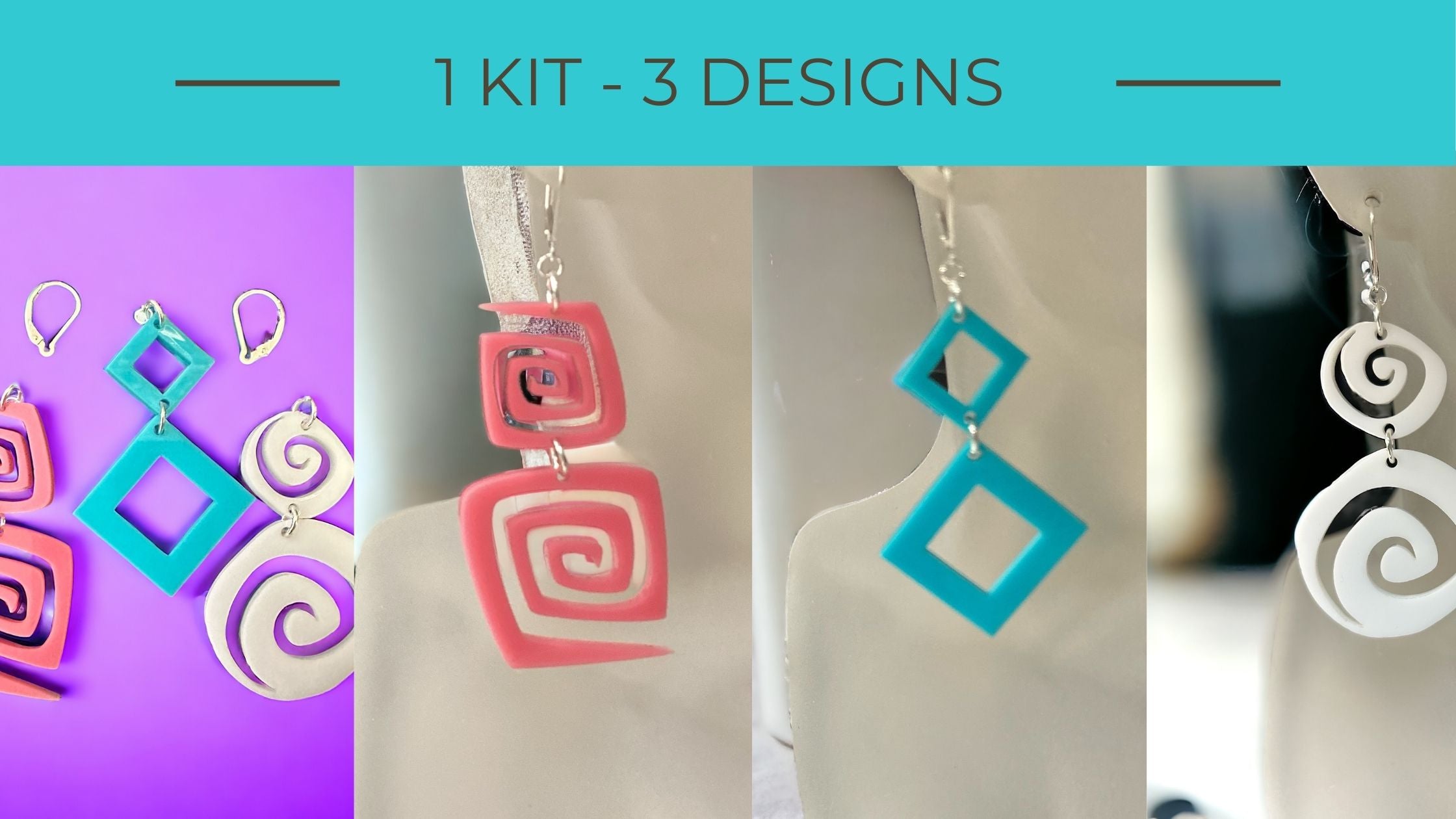
Toocutebeads.com specializes Jewelry Making Kits
-
Bracelet Kit - Luminous Green Bangle Bracelet
Vendor:Too Cute BeadsRegular price $ 31.99 USDRegular priceUnit price / per -
Earring Kit - Summer Shapes Earrings (1 Kit - 3 Designs)
Vendor:Too Cute BeadsRegular price $ 29.99 USDRegular priceUnit price / per -
Earring Kit - Mothers Day Shimmer Earrings
Vendor:Too Cute BeadsRegular price $ 17.99 USDRegular priceUnit price / per -
Bracelet Kit - 💫 Peridot and Tanzanite Crystal Bracelet and Earring Kit (Sterling) 💫
Vendor:Too Cute BeadsRegular price $ 41.99 USDRegular priceUnit price / per -
Earring Kit - Summer Swirls Earrings
Vendor:Too Cute BeadsRegular price $ 11.99 USDRegular priceUnit price / per -
Bracelet Kit - Rose Montee Marquis Bracelet
Vendor:Too Cute BeadsRegular price $ 35.99 USDRegular priceUnit price / per -
Earring Kit - Spring Butterflies Earrings
Vendor:Too Cute BeadsRegular price $ 12.99 USDRegular priceUnit price / per -
Necklace Kit - Stellar Necklace
Vendor:Too Cute BeadsRegular price $ 25.99 USDRegular priceUnit price / per
Deals Delivered to your Inbox
Be the first to know about new collections and exclusive offers.
Jewelry Making Essentials
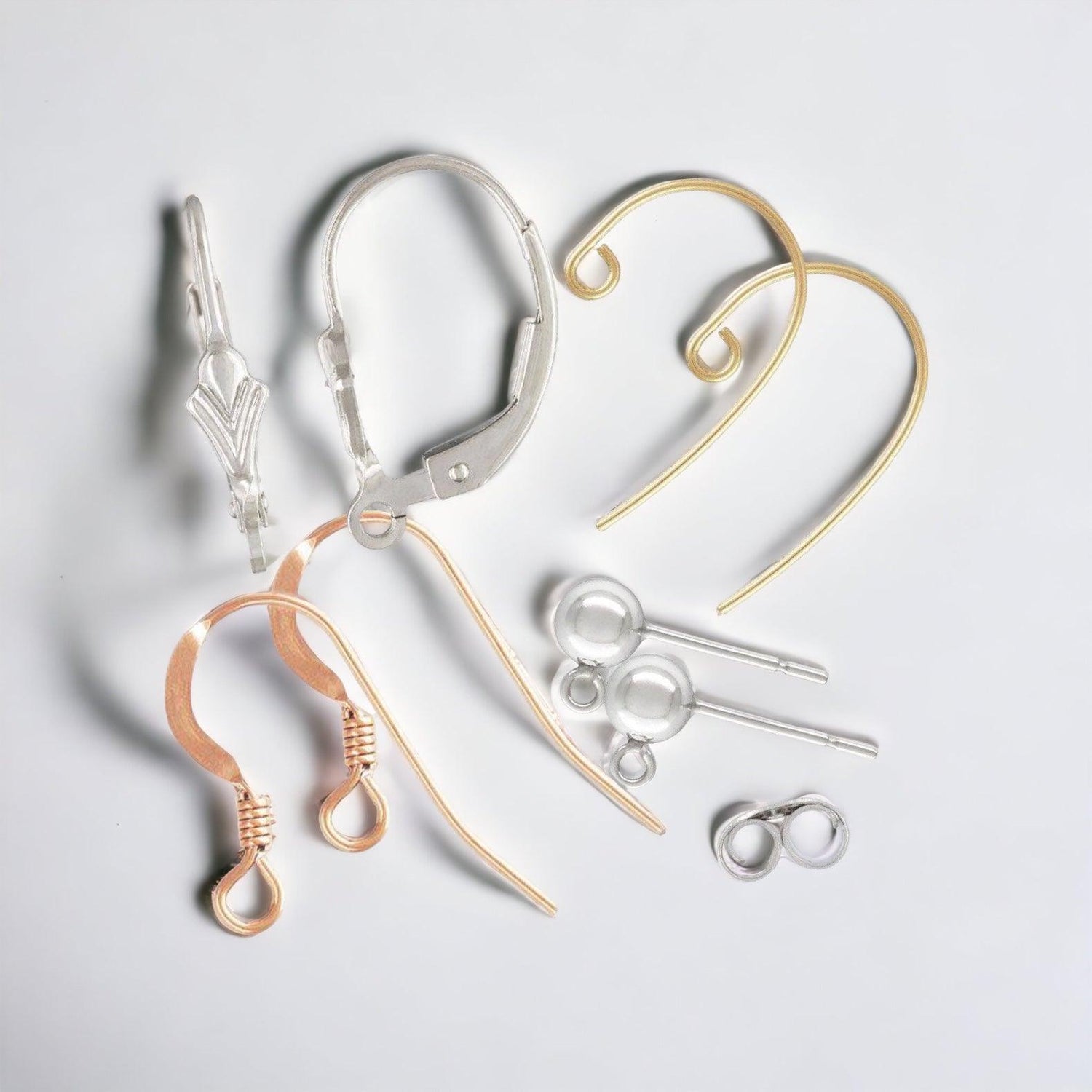
Earring Findings for Jewelry Making
At Too Cute Beads, we understand that the right earring finding...
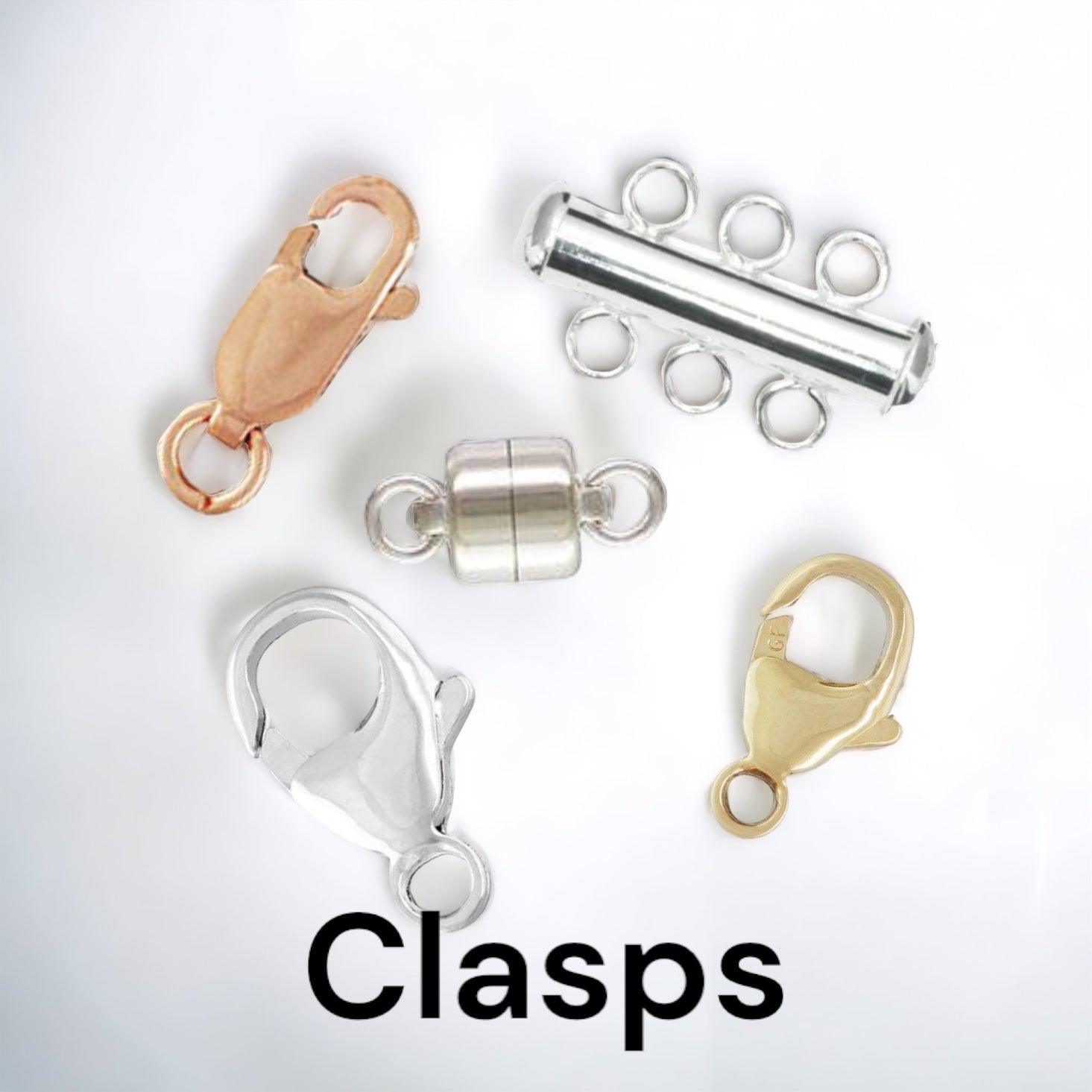
Clasps for Jewelry Making
Welcome to our collection of high-quality jewelry clasps! Whether you're looking for...

Jump Rings for Jewelry Making
Introducing our Jump Ring Collection for Jewelry Making! Our click and lock...
EARRING FINDINGS
-
.925 Sterling Silver Ear Wire - Flat w/ Coil (1 Pair)
Vendor:Too Cute Beads5.0 / 5.0
(1) 1 total reviews
Regular price $ 1.79 USDRegular priceUnit price / per -
.925 Sterling Silver Ball End Ear Wire (1 Pair)
Vendor:Too Cute Beads5.0 / 5.0
(2) 2 total reviews
Regular price $ 2.49 USDRegular priceUnit price / per -
.925 Sterling Silver Fleur De Lis Design Lever Back Earring (1 Pair)
Vendor:Too Cute Beads5.0 / 5.0
(1) 1 total reviews
Regular price $ 5.09 USDRegular priceUnit price / per -
14K Gold Filled Ear Wire - Flat with Coil (1 pair)
Vendor:Too Cute BeadsRegular price $ 2.04 USDRegular priceUnit price / per -
.925 Sterling Silver Lever Back Earring - Plain (1 Pair)
Vendor:Too Cute BeadsRegular price $ 4.39 USDRegular priceUnit price / per -
.925 Sterling Silver Interchangeable Ball End Ear Wire (1 Pair)
Vendor:Too Cute BeadsRegular price $ 3.79 USDRegular priceUnit price / per -
.925 Sterling Silver Tear Drop Lever Back Earring (1 Pair)
Vendor:Too Cute Beads5.0 / 5.0
(1) 1 total reviews
Regular price $ 6.19 USDRegular priceUnit price / per -
.925 Sterling Silver Sparkle V Shape Ear Wires (1 Pair)
Vendor:Too Cute BeadsRegular price $ 3.19 USDRegular priceUnit price / per
Browse our chain for Jewelry Making
-
.925 Sterling Silver Diamond Cut Rollo Chain - 1.5mm (1 Foot) #24
Vendor:Too Cute Beads5.0 / 5.0
(2) 2 total reviews
Regular price $ 10.59 USDRegular priceUnit price / per -
.925 Sterling Silver Diamond Cut Rollo Chain - 1.1mm (1 Foot) #6
Vendor:Too Cute Beads5.0 / 5.0
(1) 1 total reviews
Regular price $ 6.99 USDRegular priceUnit price / per -
.925 Sterling silver Add-A-Bead Cable Chain Necklace - Adjustable (1 Piece)
Vendor:Too Cute Beads5.0 / 5.0
(2) 2 total reviews
Regular price $ 20.09 USDRegular priceUnit price / per -
.925 Sterling Silver Long Rolo Chain - 2mm (1 Foot) #33
Vendor:Too Cute BeadsRegular price $ 13.59 USDRegular priceUnit price / per -
.925 Sterling Silver End Caps for Beading Chain with Ring 1mm opening - (1 Pair)
Vendor:Too Cute BeadsRegular price $ 1.19 USDRegular priceUnit price / per -
.925 Sterling Silver Diamond Cut Rollo Chain - 2.5mm (1 Foot) #37
Vendor:Too Cute BeadsRegular price $ 13.99 USDRegular priceUnit price / per -
.925 Sterling Silver Dapped Bar Chain - 1.3mm (1 Foot)
Vendor:Too Cute BeadsRegular price $ 11.09 USDRegular priceUnit price / per -
.925 Sterling Silver 2.25in Extender Chain with 6mm Puffed Heart (1 Piece)
Vendor:Too Cute BeadsRegular price $ 5.09 USDRegular priceUnit price / per

